Introduction: The Oldest Civilization in the Americas
Long before the mighty Inca ruled the Andes, an even older civilization thrived along the coast of modern-day Peru. The Caral Civilization, dating back nearly 5,000 years, is the oldest known complex society in the Americas. They built grand pyramids, designed intricate plazas, and developed an advanced understanding of engineering—all without warfare or conquest. But how did they achieve such greatness, and why did they disappear?
The Rise of Caral
A Flourishing City in the Desert
Nestled in the Supe Valley, Caral’s strategic location provided access to both coastal and inland resources. Unlike later civilizations that expanded through conquest, Caral prospered through trade. Its people exchanged cotton, fish, and agricultural goods with neighboring communities, fostering economic stability.
Monumental Architecture
One of the most astonishing aspects of Caral is its massive pyramids. These structures, some reaching up to 60 feet in height, predate Egypt’s Great Pyramid of Giza. Built with sophisticated engineering techniques, they demonstrate an early understanding of urban planning and construction.
A Society Without War
Unlike many ancient civilizations, Caral shows no evidence of military structures or weaponry. Instead, it appears to have been a peaceful society that prioritized knowledge, trade, and sustainability.
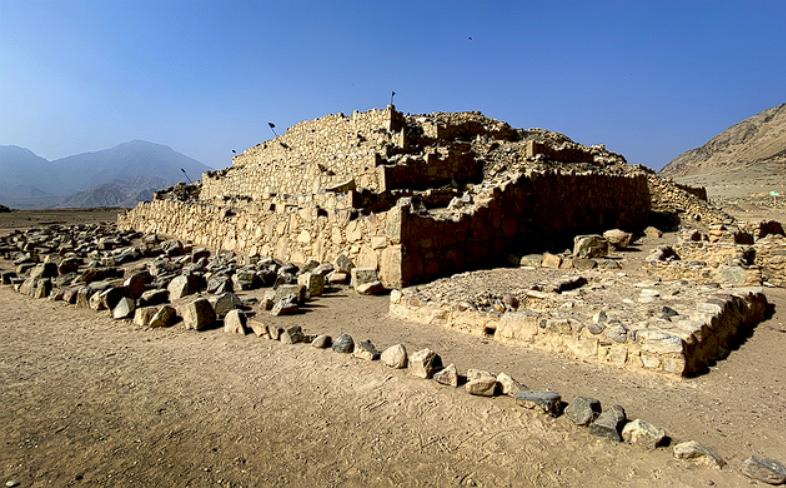
A Glimpse into Daily Life
A Story of Trade and Cooperation
One evening, as the sun dipped behind the Andean foothills, a young Caral builder stood atop a massive pyramid, watching the city below. Traders from distant lands arrived with cotton, fish, and exotic plants, exchanging goods in a thriving marketplace. Unlike other civilizations that rose through conquest, Caral flourished through cooperation and trade. Their leaders did not rule with weapons but with knowledge, guiding their people to construct grand monuments using precise engineering. Yet, despite their achievements, nature proved to be their greatest challenge. Shifting climate patterns may have weakened their society, leaving behind only silent pyramids as remnants of their lost world.
Innovations in Agriculture
Caral’s success depended on its ability to sustain a growing population. Its people mastered irrigation techniques, allowing them to cultivate crops such as beans, squash, and guava despite the arid climate. Their agricultural advancements played a crucial role in their economic and social stability.
Music and Culture
Archaeologists have uncovered flutes made from condor and pelican bones, suggesting that music played an essential role in Caral society. This discovery hints at a rich cultural life where ceremonies and festivities may have been integral to daily existence.
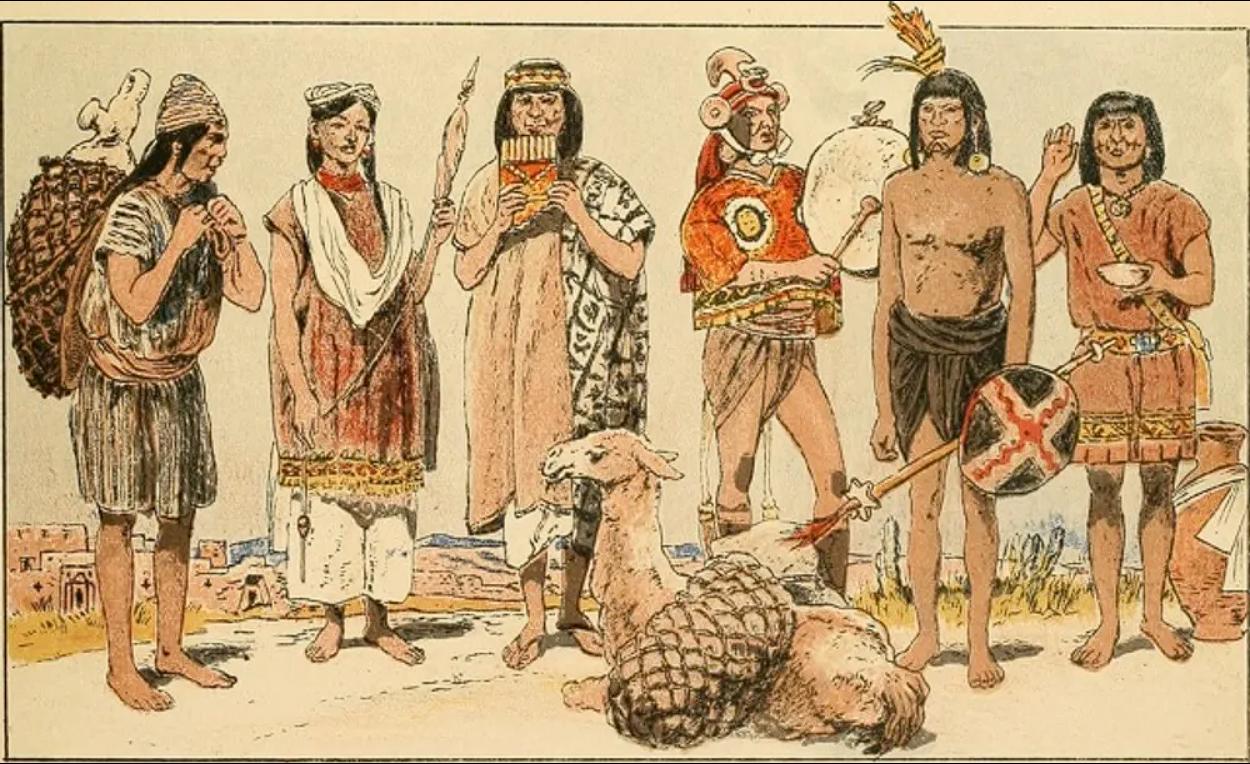
The Decline and Legacy of Caral
The Role of Climate Change
As with many ancient civilizations, environmental factors may have contributed to Caral’s decline. Evidence suggests that prolonged droughts disrupted agricultural production, leading to food shortages and population decline.
The Silent Disappearance
Unlike the violent collapses seen in other civilizations, Caral appears to have gradually faded rather than fallen to war or invasion. The once-thriving metropolis was eventually abandoned, leaving behind monumental ruins as the only testament to its existence.
Archaeological Discoveries
Today, archaeologists continue to uncover the secrets of Caral. Their discoveries challenge old assumptions about how civilizations rise and fall. Without a written language, the Caral people left behind no records—only their monumental architecture and traces of a society that flourished in peace. Their legacy forces us to rethink the origins of organized life in the Americas.
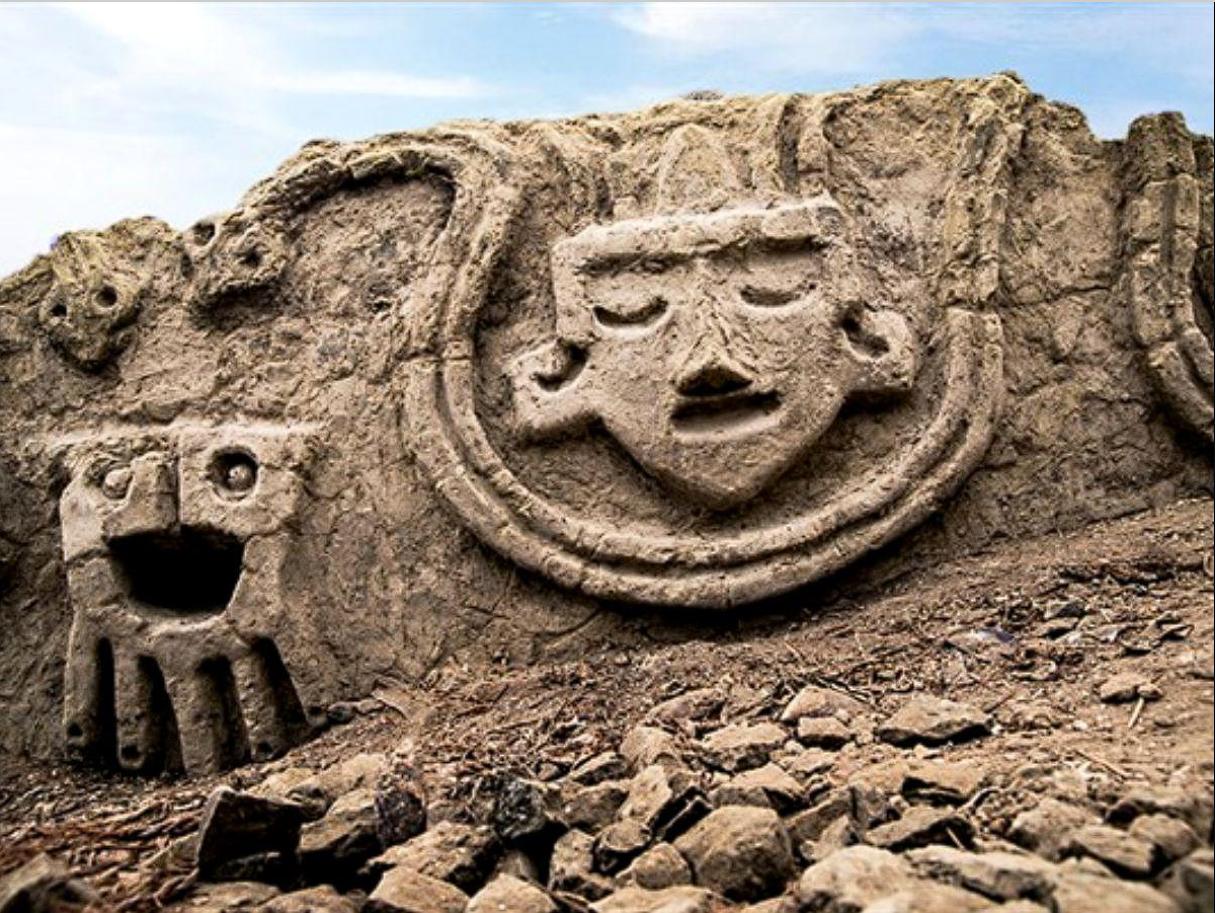
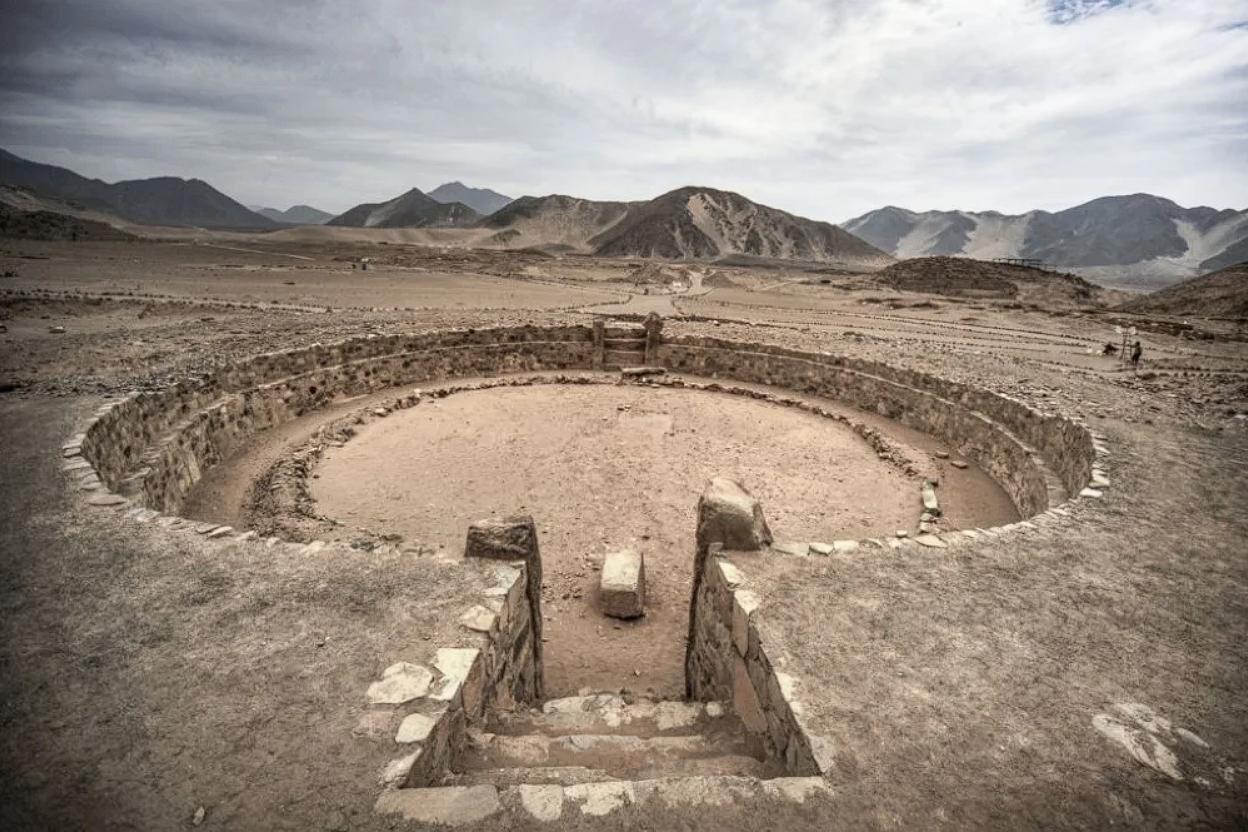
Conclusion: Rethinking Ancient Civilizations
Could Caral rewrite what we know about the first civilizations of the New World? What more lies buried beneath the sands of time? The Caral civilization challenges conventional narratives of early societies, proving that complex civilizations can emerge without warfare. As researchers continue to explore its ruins, we may one day unlock even more secrets about this extraordinary culture and its contributions to human history.

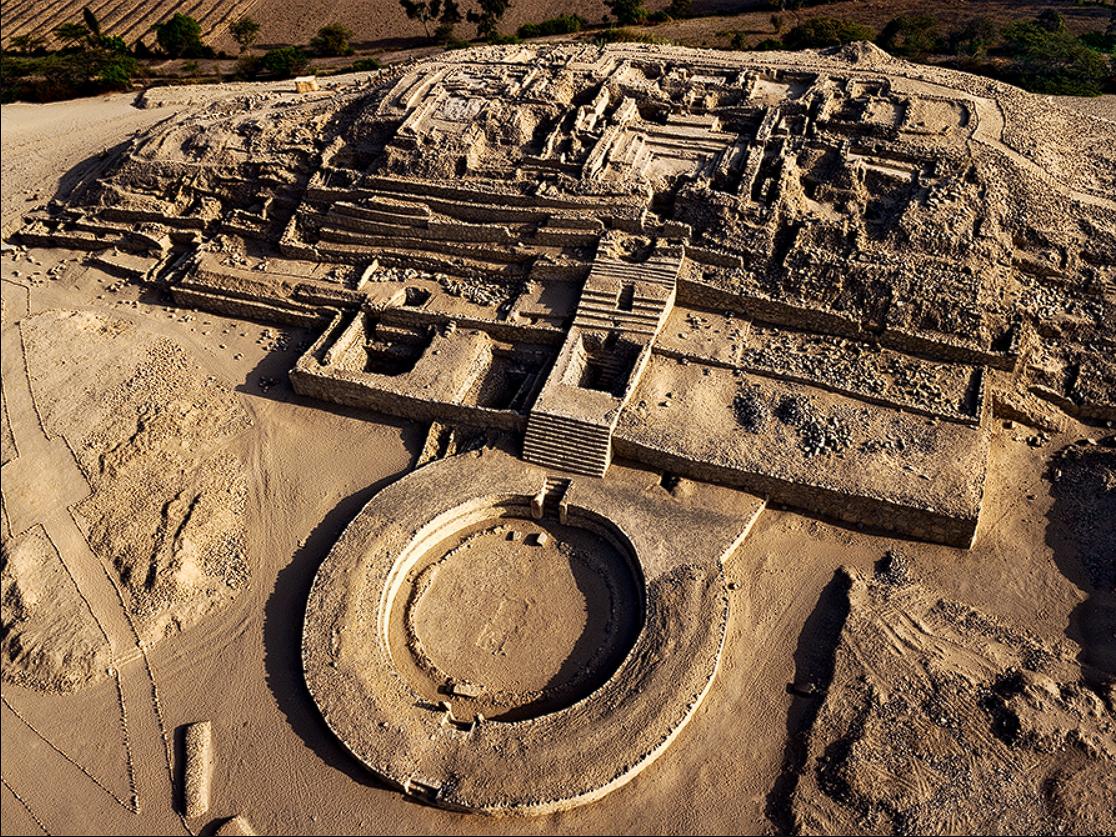
CÁC TIN KHÁC
Mary Walton: The Forgotten Inventor Who Helped Clean Up America’s Cities
Tomb of Queen Nefertari in the Valley of the Queens, Egypt
Discover the Hypostyle Hall of the Temple of Hathor at Dendera
Venus de Losange: Unveiling the Mystery of a 20,000-Year-Old Paleolithic Icon